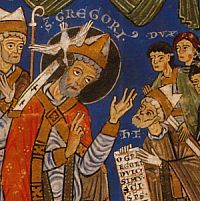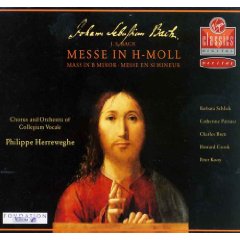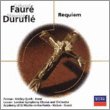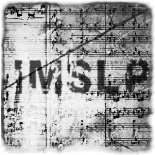If we go back in history in search of the beginning of classical music, Gregorian chant appears to be one of the most important sources. According to traditional knowledge, it was Pope Gregory the Great who composed the melodies for the liturgical texts of the catholic church. Gregorian chant is named after this Pope, who lived around the year 600. He is often depicted with a dove on his shoulder. This dove is a symbol of the Holy Spirit, who whispered the melodies into Gregory’s ear.

Gregory the Great
As usual, the story is nicer than the history. There was not just one tradition of monophonic liturgical singing in the Middle Ages. Instead, there were many local traditions. In the eight century, the Frankish king Pippin III wished to harmonize all liturgical chant in his vast empire with that of the church of Rome. His son, Charlemange, continued this policy. Thus, the tradition of Rome became very influential. The Roman chant books that were copied by the Frankish scribes named Gregory as the composer of the melodies. It is very well possible that these Roman books referred to Pope Gregory II instead of Gregory the Great, but the Franks assumed the latter was meant. This made the chant tradition of Rome the standard for the entire Western church.
The chants we know from Roman sources are, however, not the same as the chants in the Frankish copies. Probably some alterations were made during the dissemination of the melodies across the vast Frankish empire. The exact history of Gregorian chant is therefore still obscure.
Starting form the ninth century, we find indications of polyphonic singing in the historical sources. To the Gregorian melody one or more other parts were added. Initially quite simple and straightforward, but as early as 1200 in the Notre Dame at Paris, very complex compositions were made. One example is the Alleluia Nativitas by Perotinus. (mp3 – source). The genesis of these early polyphonic compositions can be considered an important starting point of western classical music.
After the Middle Ages, Gregorian chant kept its influence. Except for being the ‘breeding ground’ for later styles, the melodies themselves were used often in all kinds of compositions. Let’s have three examples.
When Johann Sebastian Bach wrote the Credo of the Hohe Messe, he included the Gregorian melody for “Credo in unum Deum”. Listen to the Gregorian melody: (mp3 – source), and to the beginning of Bach’s Credo: (mp3 – source).
Another example from the Baroque we can find in French organ music. François Couperin (1668-1733) composed a mass for organ, incorporating Gregorian melodies. Listen to the sung Kyrie: (mp3 – source), and to Couperin’s organ verse, where the melody is played in long notes on the pedal: (mp3 – source).
Maurice Duruflé is a twentieth-century composer who was profoundly influenced by Gregorian chant. One can hear it in almost all of his compositions. In his Requiem (1947) these ancient melodies are interwoven with the sound of the modern orchestra. At the beginning of the Introit, the choir sings the unaltered Gregorian melody. Listen to the chant: (mp3 – source), and to the beginning of Duruflé’s Requiem: (mp3 – source)
Recommended cd’s
Details: Amazon.com
Details: Amazon.com






